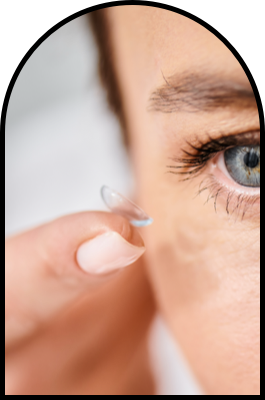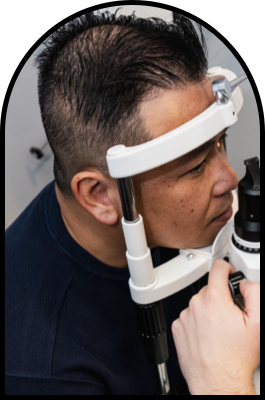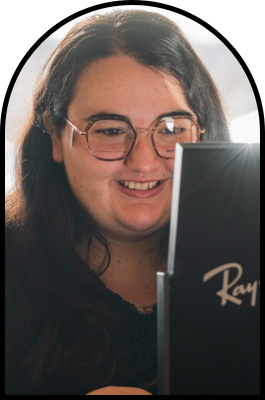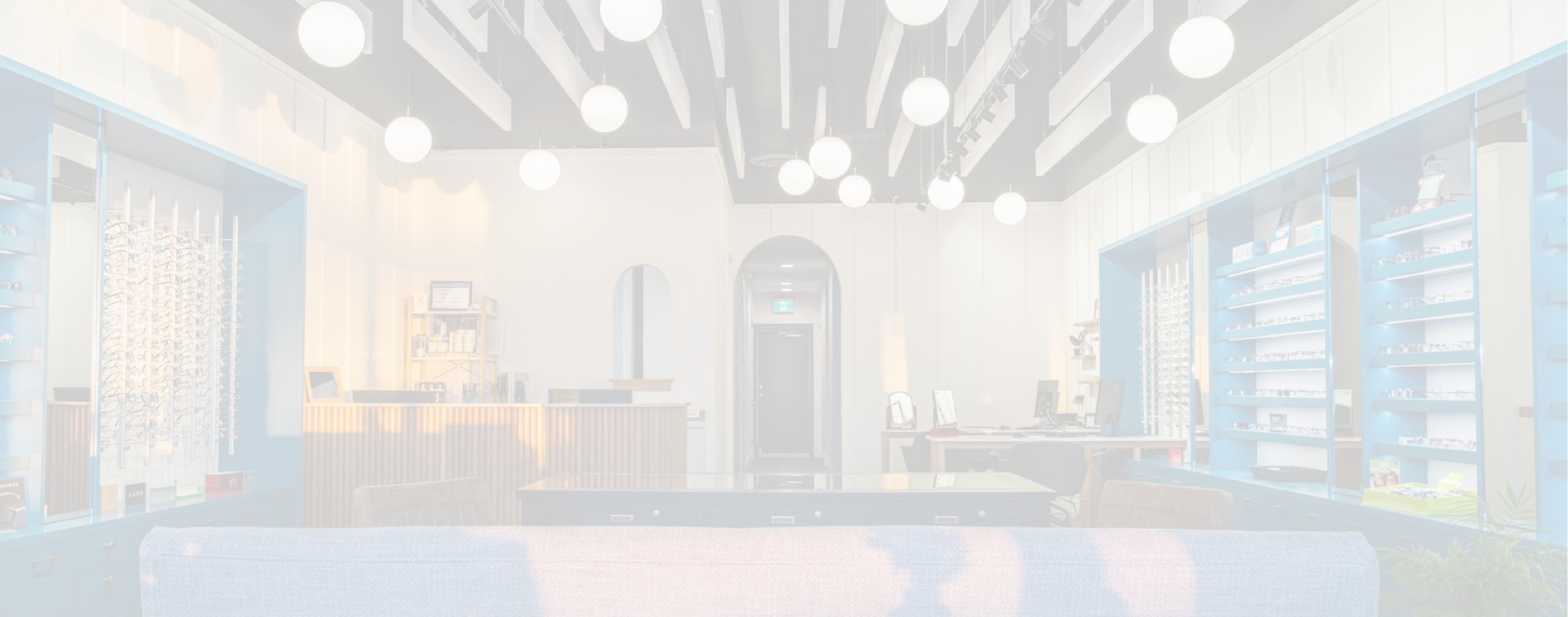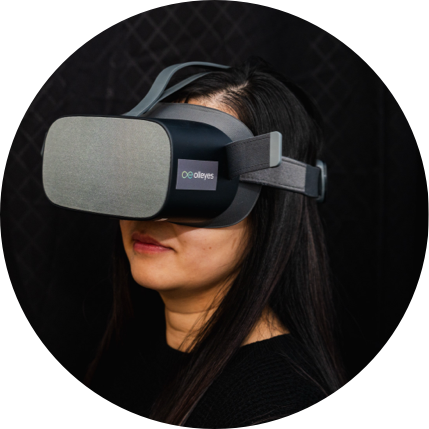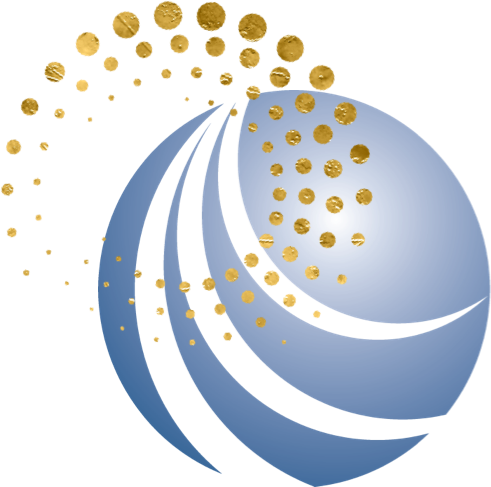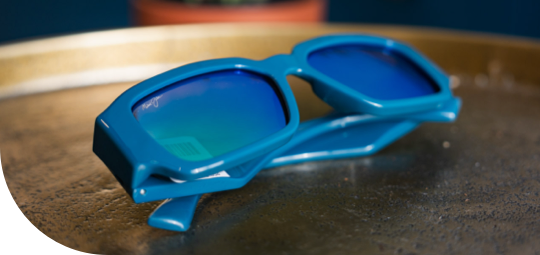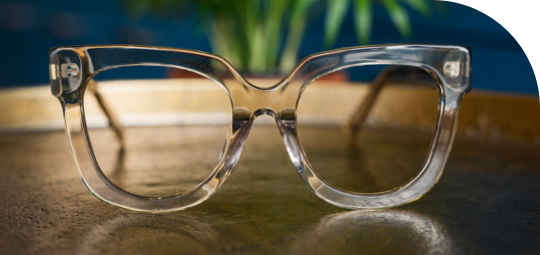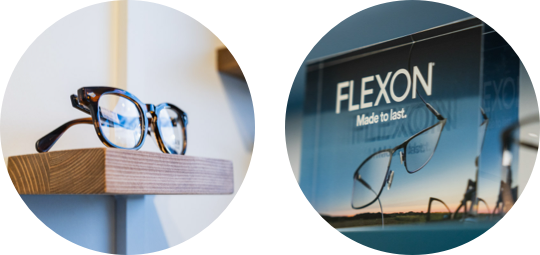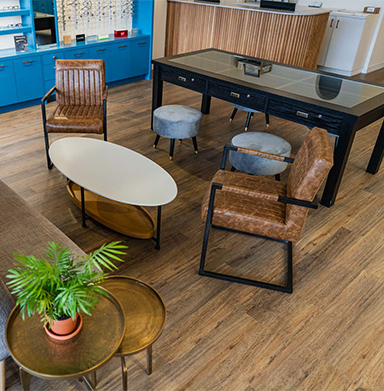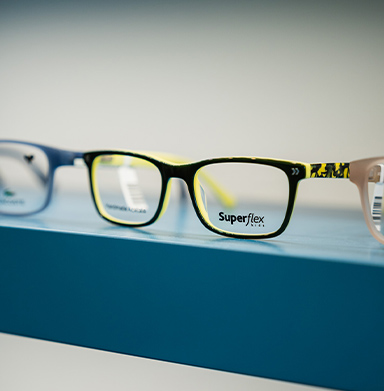Understanding how the eyes focus light is central to maintaining visual clarity. Two of the most frequently diagnosed vision conditions, myopia and hyperopia, affect this focusing process. Both are refractive errors, which means they occur when the shape of the eye prevents light from focusing directly on the retina.
Although they are quite different in how they affect vision, they share a common foundation: the eye’s shape and structure influence how clearly we see objects at various distances. At Chestermere Optometry, our approach to eye care includes identifying and addressing refractive conditions like myopia and hyperopia with modern diagnostic technology and a commitment to holistic, patient-centred care.
How the Eye Focuses Light
To better understand these vision conditions, it helps to know a little about how the eye works. Light enters the eye through the cornea and passes through the lens, which helps focus the light onto the retina at the back of the eye. The retina converts the light into electrical signals that are sent to the brain, which interprets them as images.
When the eye is shaped ideally, light focuses directly on the retina, producing clear vision. However, when the shape of the eye causes light to focus in front of or behind the retina, refractive errors occur.
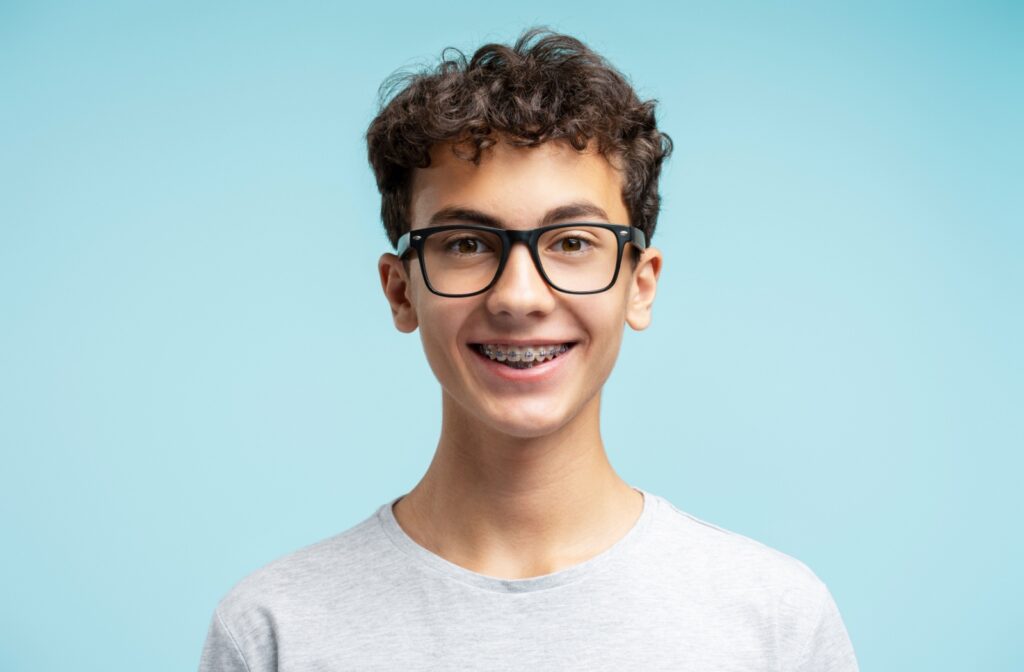
What Is Myopia?
Myopia, also known as nearsightedness, occurs when the eye is too long relative to the focusing power of the cornea and lens. In a myopic eye, light entering the eye focuses in front of the retina instead of directly on it.
People with myopia typically have difficulty seeing objects that are far away, while nearby objects may appear clearer. This condition is often diagnosed in childhood and can progress as the eye continues to grow.
Common Signs of Myopia
- Squinting to see distant objects
- Blurred vision when looking at road signs, school boards, or television screens
- Frequent headaches caused by eye strain
- Difficulty with night vision or seeing clearly in low-light conditions
Myopia can be hereditary, meaning it often runs in families. Environmental factors such as prolonged close-up tasks like reading or screen time may also contribute to its development or progression.
What Is Hyperopia?
Hyperopia, or farsightedness, is the opposite of myopia. In this condition, the eye is shorter than normal, or the cornea has too little curvature. This causes light to focus behind the retina rather than directly on it.
Those with hyperopia may see distant objects more clearly than those up close, although severe hyperopia can affect vision at all distances. This condition can also be present from birth but may not become noticeable until later in life.
Common Signs of Hyperopia
- Eye strain or fatigue after reading or computer use
- Blurred vision when focusing on close-up tasks
- Headaches, especially after doing near work
- Difficulty concentrating on nearby objects
Hyperopia can be more difficult to detect in children, as their eyes may compensate naturally by working harder to focus. Regular comprehensive eye exams are important for early detection.
Diagnosing Refractive Errors
Both myopia and hyperopia can be diagnosed during a routine comprehensive eye exam. At Chestermere Optometry, our team uses diagnostic technology to assess the structure and function of the eyes.
Refractive errors are measured using tests that determine how light focuses within the eye. These assessments help your optometrist recommend the appropriate vision correction options.
During an Eye Exam, You Can Expect:
- A discussion of your visual and medical history
- A series of tests to measure how your eyes focus
- A detailed examination of the eye’s internal and external structures
- Recommendations tailored to your individual needs
Comprehensive eye exams can be an essential part of managing both myopia and hyperopia. They allow for early detection, accurate diagnosis, and timely intervention.
Correcting Myopia & Hyperopia
The most common way to correct these refractive errors is through the use of corrective lenses. Glasses and contact lenses are designed to adjust the way light enters the eye so it focuses properly on the retina.
Eyeglass lenses for myopia are concave, which means they are thinner in the centre and thicker at the edges. This shape helps move the focal point of light back onto the retina. For hyperopia, lenses are convex, thicker in the centre, to move the focal point forward.
In addition to glasses and contact lenses, some people may be candidates for refractive surgery. These procedures aim to reshape the cornea to correct how the eye focuses light.
Why Early Detection Matters
Detecting and addressing refractive errors early is important for maintaining visual comfort and overall eye health. Children in particular may not recognize or communicate that they are experiencing visual difficulties. Without clear vision, they may struggle with learning, social interaction, and daily activities.
For adults, uncorrected myopia or hyperopia can lead to chronic eye strain, discomfort, and decreased quality of life. A customized eye care plan helps support long-term visual clarity and comfort.
Book an Eye Exam Today
Myopia and hyperopia are common, manageable conditions that can be effectively addressed with professional care. If you or a family member is experiencing changes in vision, booking a comprehensive eye exam can be a proactive step toward better eye health. Visit Chestermere Optometry for a thorough assessment and tailored vision solutions. Our welcoming, experienced team is here to support your visual needs with modern technology and a holistic approach to care.




